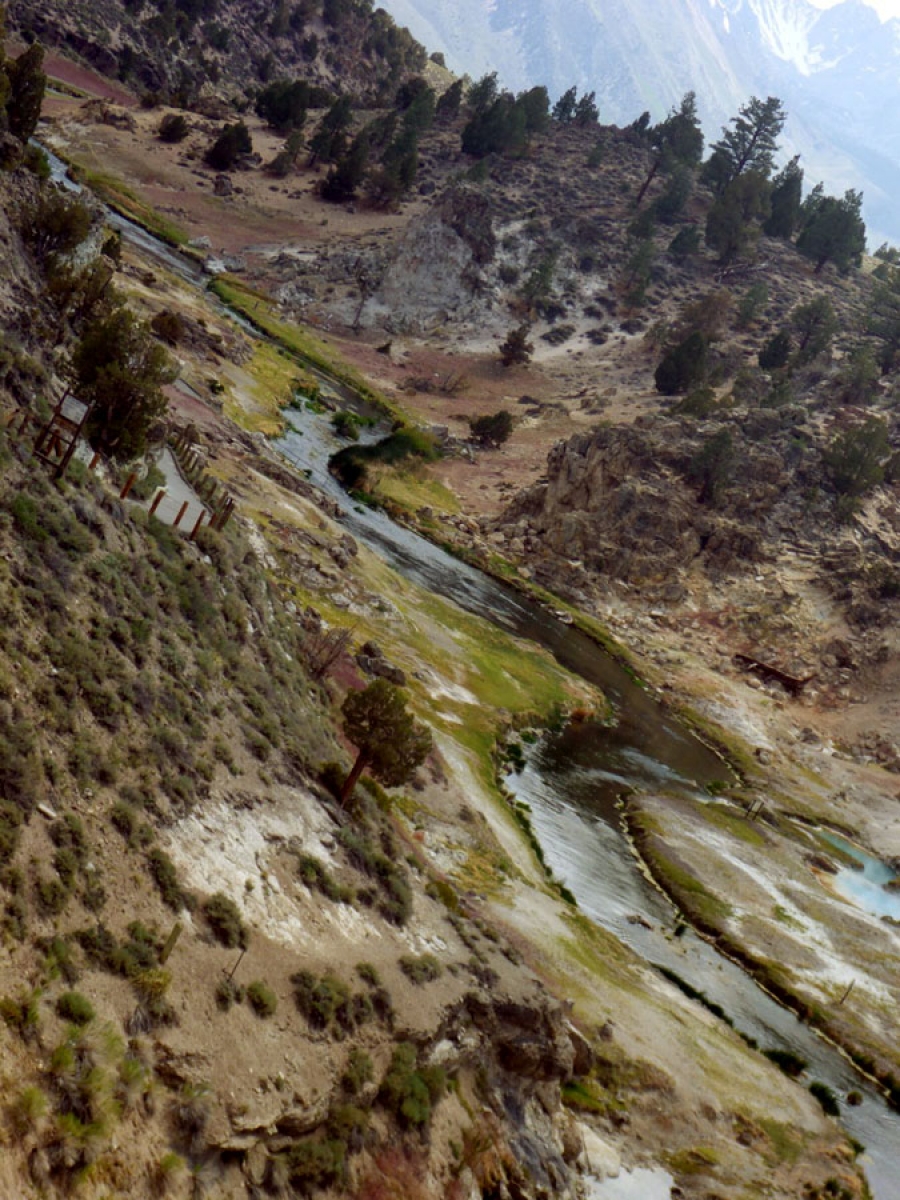Hugh writes on fishing these two rivers and on flies designed for their own home waters far away, introduced by friends to new places
Mother Nature has no need to respect our schedules, devices and desires, and the traveling fisherman knows that only too well. I travel hopefully, knowing that even when the weather conspires and the river is swollen and as clear as hot chocolate, a fish may yet be tempted and the camaraderie should be good. So I accepted with alacrity the chance to fish my friend Paul’s home waters of the Usk Valley for wild salmon and brown trout. I am a small stream fisherman, and the Usk is a brawling river running through the Brecon Beacons, where the SAS “host” selection and escape and evasion training. It is a fast river, often on a bedrock sandstone bottom, where parallel slabs fracture creating unpredictable footing and deep, deep holes. In fact, in his briefing of the lunatics, Paul described it thus: “The beats I've chosen are all upper river. Don't expect lots of fish BUT I've chosen the beats for their head of big fish.
The wading will vary from challenging to suicidal to say the least. Studs in your boots are a great idea. A wading staff may be useful. A totally waterproof pouch for phone, car keys, camera etc is a wonderful thing to have. I'm willing to bet at least one of us will take a duck during the week. Be warned, I'm serious!!” And so it came to pass.
Click in images to enlarge

Paul with a wild Usk brownie
We were a veritable tower of Babel, with Paul of Cymru, Lars of Sweden, Dazzy of Herts and me. I should have known what to expect when I heard that Paul and Lars had once been marooned in Lapland while grayling fishing in a summer so inclement that the helicopter couldn’t get back to collect them… The Beacons did not disappoint, with a valley of immeasurable beauty and just enough physical challenges to keep us sharp. The fish were there, and wild trout could be tempted by Paul and Lars at least. Paul, is the most predatory and gifted fisherman and tyer, and he succeeds by dint of fly choice, presentation and perseverance, where lesser mortals fail. I briefly engaged with a salmon on the Gliffaes Hotel beat, but the fishing was good and the catching debatable.
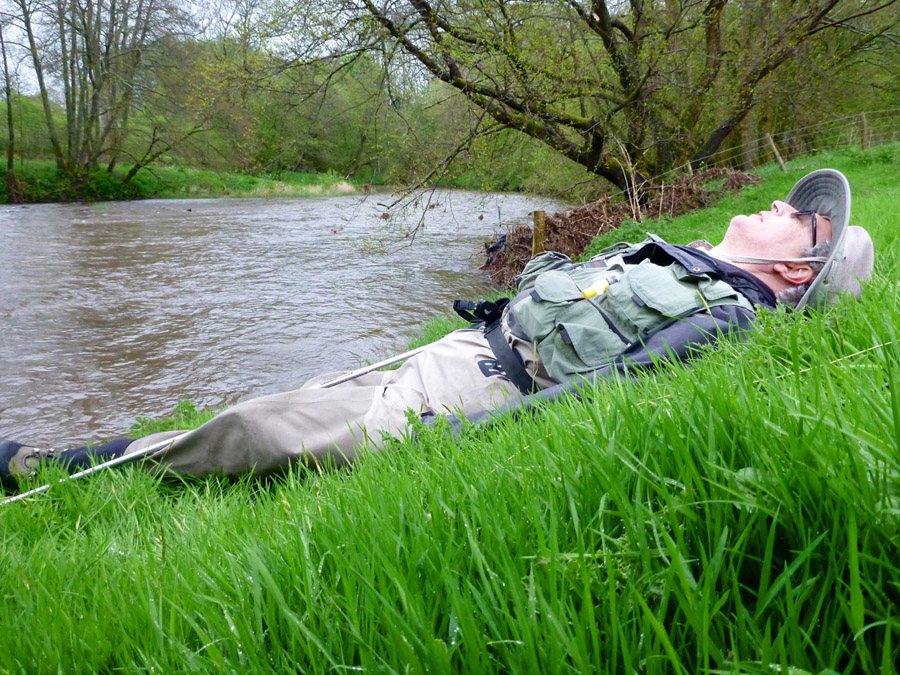
The author during SAS fishing camp
It could be said that the weather was damp and breezy, if fact the wind was gusting 40 mph and the driving rain was horizontal. We fished adjacent to the SAS base, and we were the only people out in the weather… The river did come up and had some color, but we fished our hearts out, and enjoyed every minute. By the afternoon of day 5, I sat down on the bank in steady rain to collect my thoughts and had a good, cosy nap, thanks to waders and rain gear!
We consoled ourselves by retiring to The Bridge Pub in Llanfoist, where the rooms, the local hospitality and the rehydration therapy were excellent. It was the best of times. A previous landlord, with the unexpected name of Morgan, once caught a 36 lb salmon on the run outside in the 1930s. There is only one solution – I will return. Sorry Paul, the strategy failed!
California, on the other hand, is in the grips of a decade-long drought, and the Sierra snowpack was hovering around 15% of normal. The Sierra rivers have not had the vigorous flushing of a high water winter and snow melt, and the levels are lower than usual with more green weed, which trout avoid as they become too visible to predators.
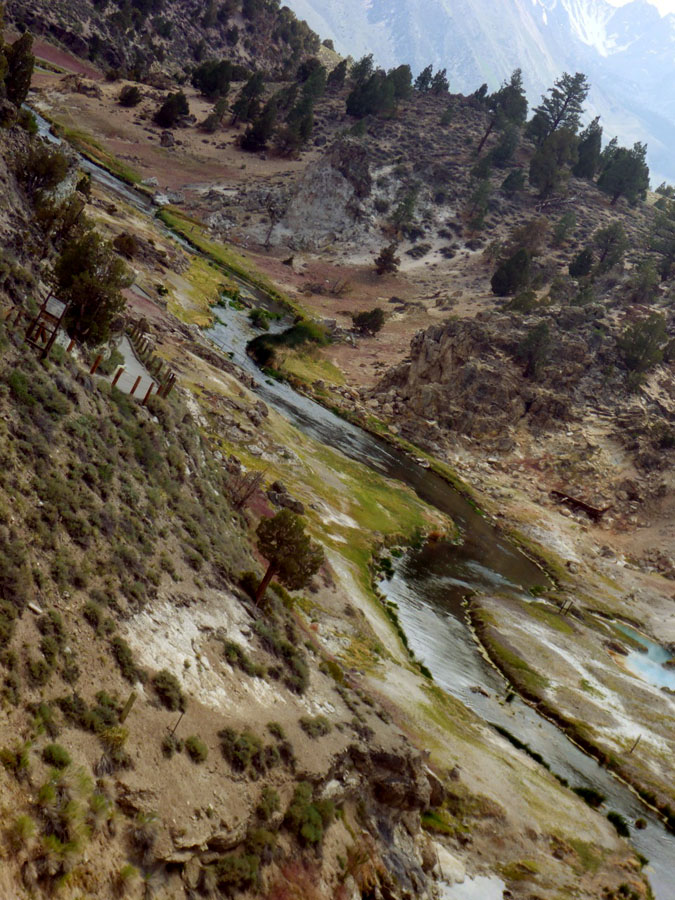
Hot Creek
I was lucky to share these few days at Hot Creek with my friends Mark of NJ, with whom I had enjoyed tying and fishing Ken Lockwood Gorge, and Bernard, a classmate from UCT Medical School (1982), and with whom many a wonderful day was spent on the Cape streams, especially the Elandspad, while camping in the MCSA Hut in the Kloof.
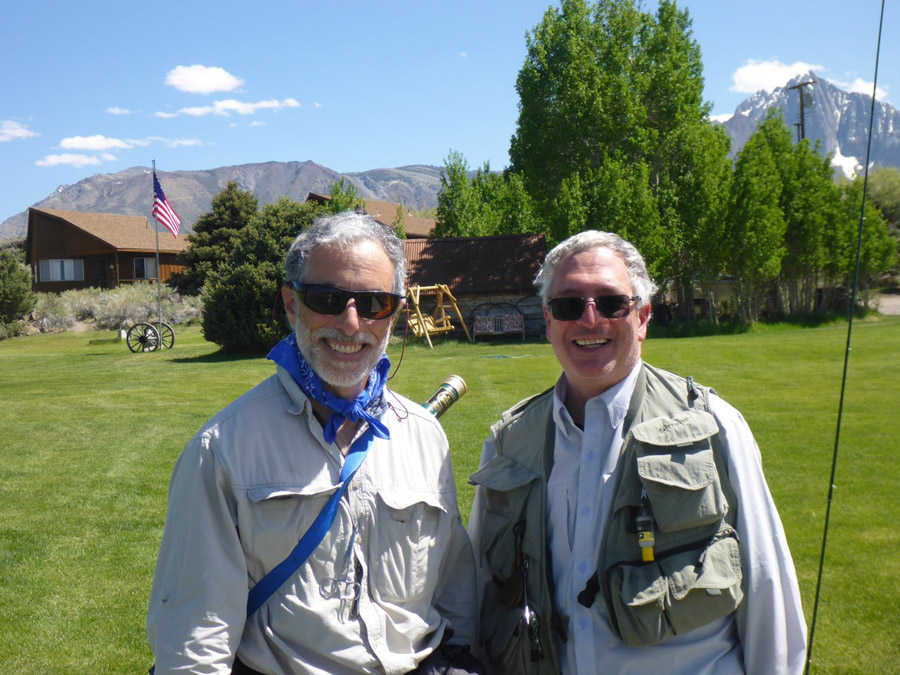
Bernard and Hugh 35 years after the first Elandspad trip
We stopped en route on the Kern County gold and silver reef, known as the Randsberg District where a gold rush began in 1896. The old workings and tailings can still be seen, such as this mine in Johannesburg, California (pop. 162) which can be reached up the splendid OomPaul Street.
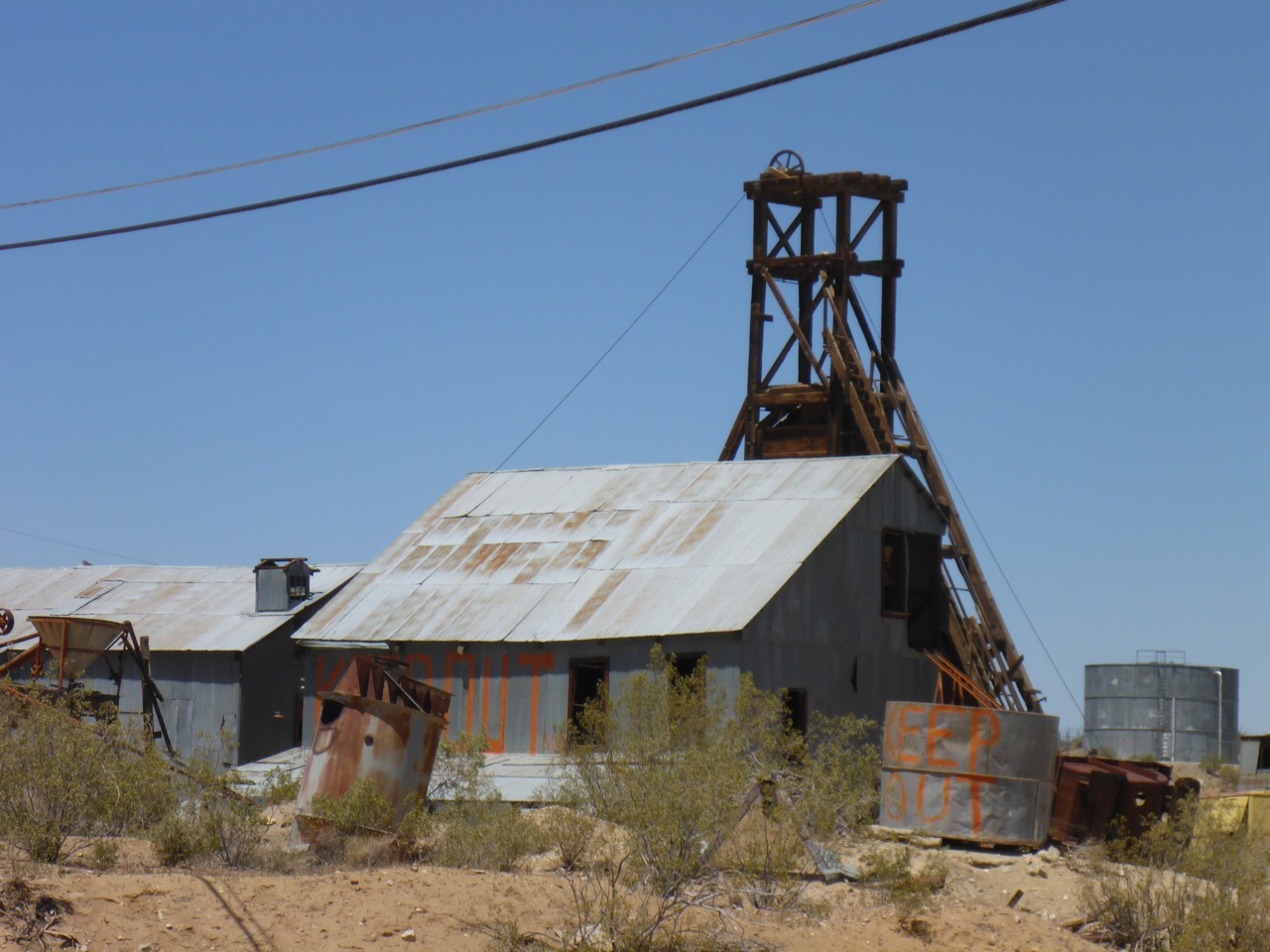
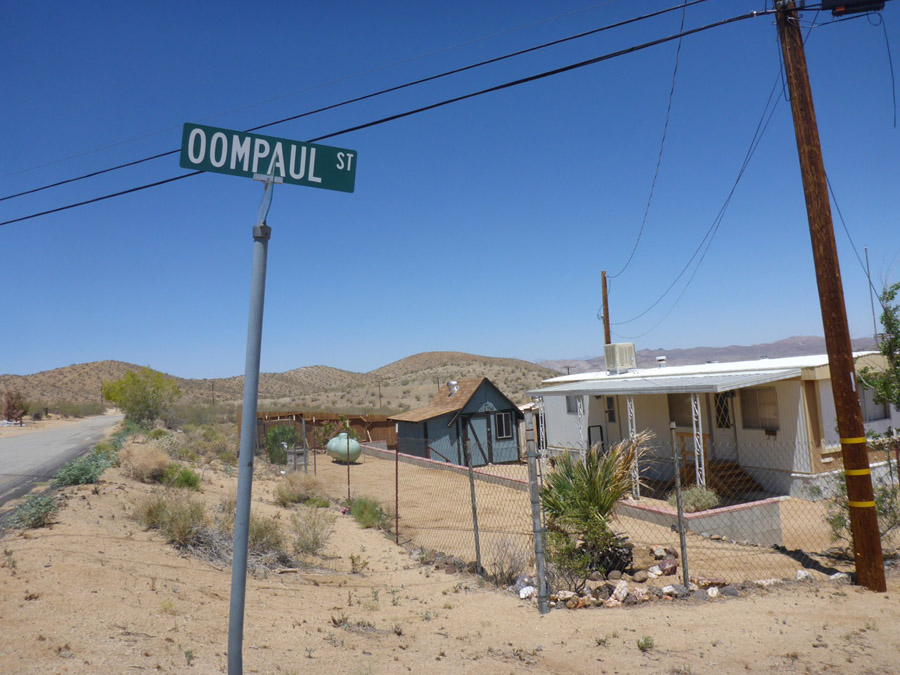
Hot Creek was idyllic as usual. The low water meant that some of the pools I have been accustomed to approach in particular ways were different. The big trout were holding in alternate hides but the clarity of the water meant that these could be observed and strategies defined. But the memories of great fishing but difficult catching on the Usk kept asking the question, were the conditions that tough or was it a case of enthusiastic incompetence? My kids had told me that good catching therapy from Dr Trout was the only help out there.
The trout were stacked up in the feeding lanes, and with the morning stillness, the trico hatch kicked things off, followed by the caddis migration and then a baetis hatch. Then things went very quiet as the Sierra winds kicked up, and it was terrestrial time, until the evening hatches came off.
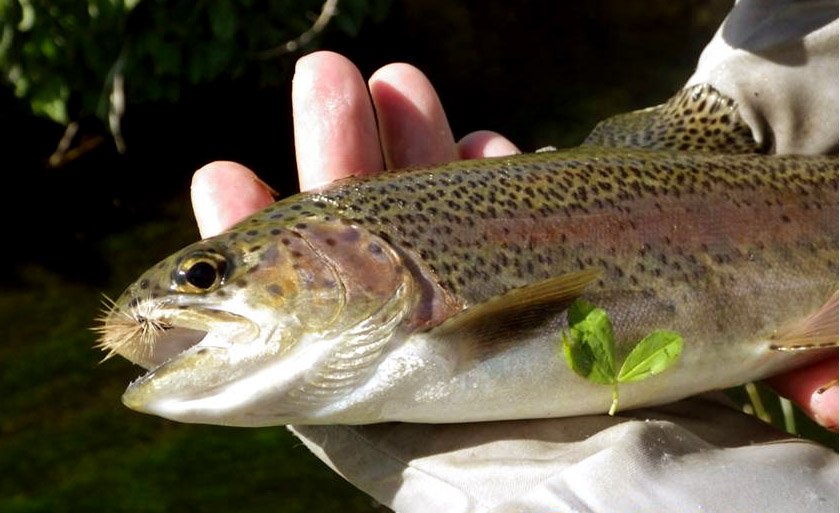
A small wild rainbow on an emerger
In the mornings, the smaller rainbows were rising furiously but eating just subsurface, and a small buggy emerger, half pheasant tail nymph, with a forward posted elk hair wing and a small hackle worked a treat. The alpha trout though was eating, but not that. He showed no interest at all in any offering drifted above him. He just kept sipping. He wasn’t spooked by the fly, just ignoring them because he was keyed in on something particular, just not what the others were eating.
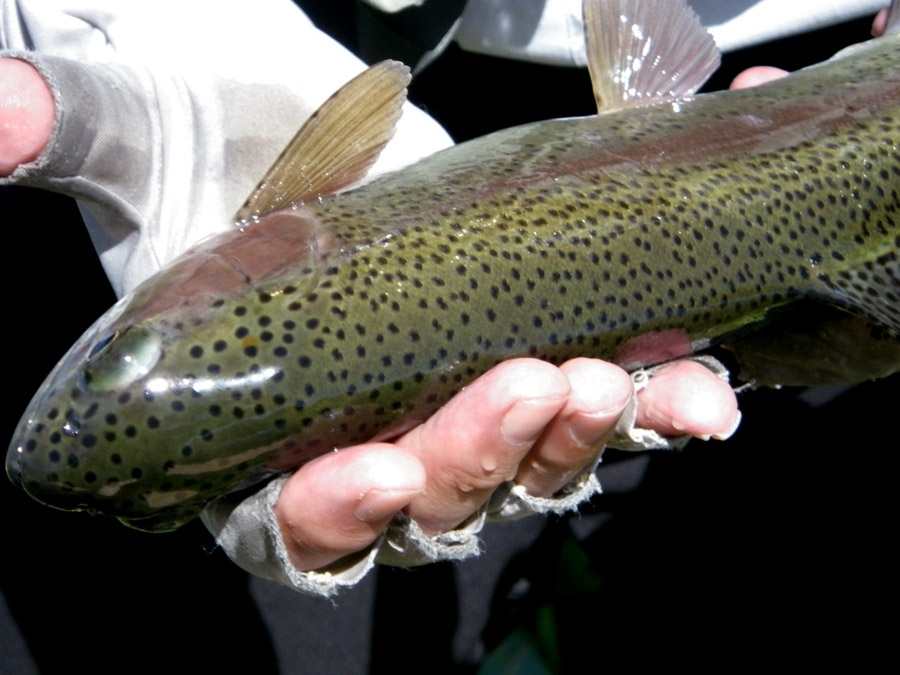
An alpha fish brought to hand
On the morning of the Third Day, he was still there taunting me, and in desperation, I tied on a #22 Brooks Trico sprout. I usually don’t see these well and don’t like fishing them, but Mark had kindly volunteered to spot for me. I tossed the fly on a 12 foot 6X tippet into his feeding lane and he took the fly vigorously. Within minutes, he was brought to hand, the barbless fly was out and he was back on his way to assert his rights as the alpha fish in the pool.
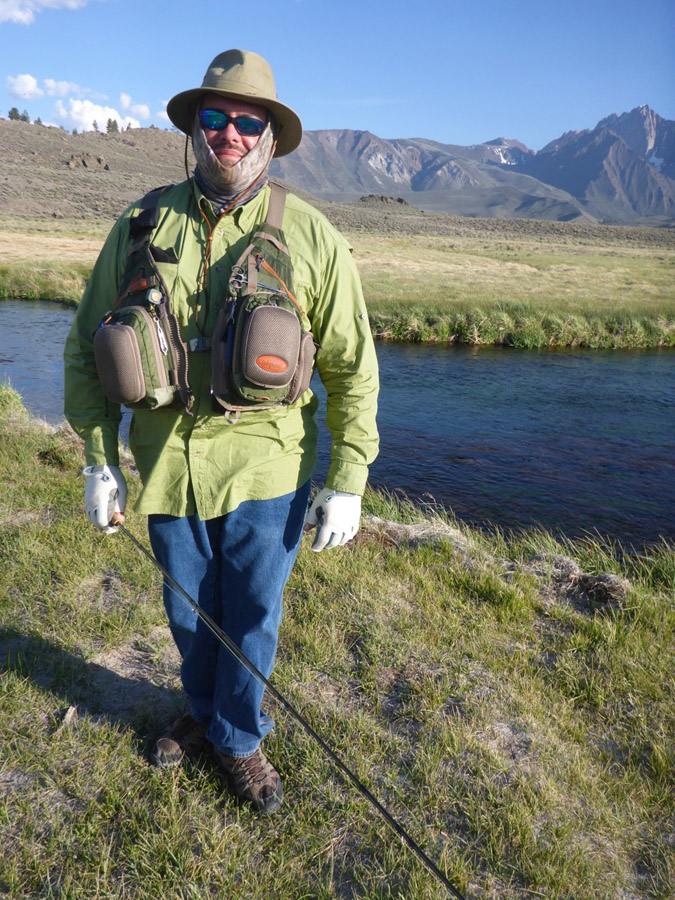
The help of a good friend – Mark did the spotting
Given that Hot Creek Ranch has been catch and release dry fly since 1948, these trout see all the expected patterns, and thus the unexpected sometimes pay dividends. In the windy afternoon and evening, the flies less fished paid their own dividends. No fly worked on multiple fish, but multiple changes of flies did catch fish rising usually an inch away from the opposite bank. It was here that the venerable Klippie DDD, the Finnish Nulle Puh (Pooh Bear) caddis (#16-18), and Tomaz Modic’s Tom’s Working Spent http://www.flytierspage.com/tmodic/tmodic.htm came into their own.
All of these flies, designed for their own home waters far away, were introduced to me by friends, and are a part of the oral tradition of fly fishers, unlocking solutions on new streams through a common entomology. It is a circle of friendship, of time shared in camp, of camp food and the hope that a trout will rise. These moments of reprieve so precious. It allows us to treat Kipling’s two imposters Triumph and Disaster just the same, whether we blank or catch, and keep fishing our hearts out…. Fortunate indeed.
(Hugh Rosen a UCT medical school graduate is now Professor in Chemical Physiology at the Scripps Research Institute in La Jolla California and remains a mad keen fly fisher. TS.)

